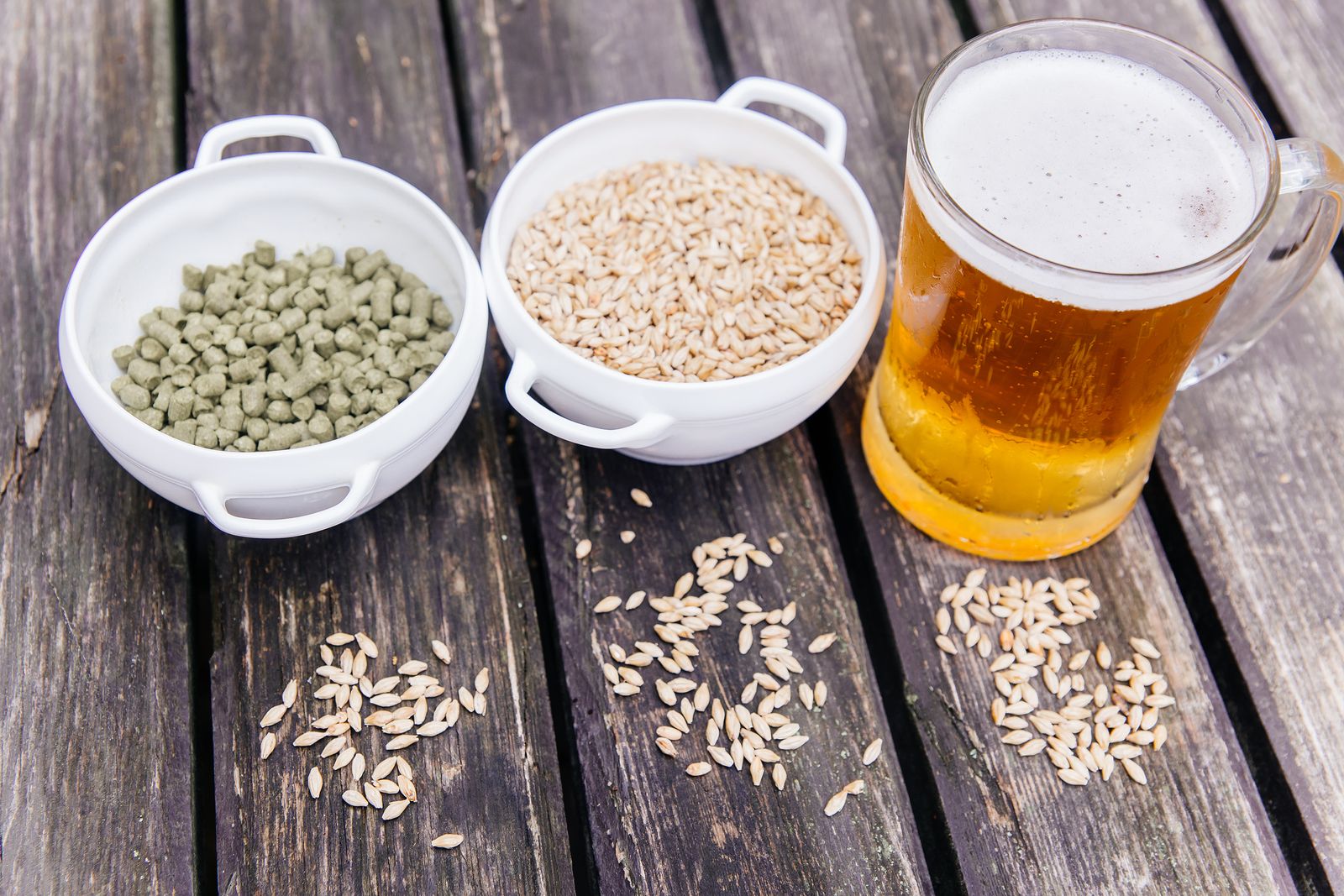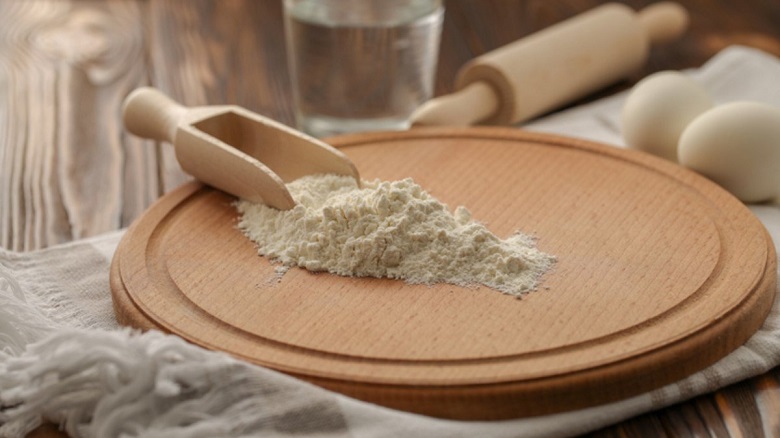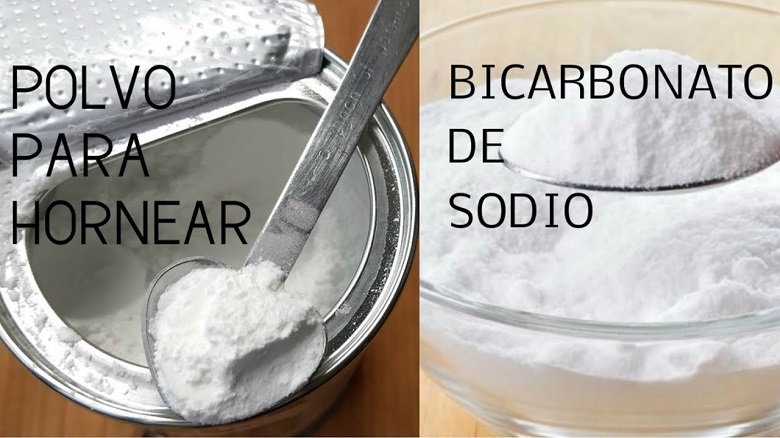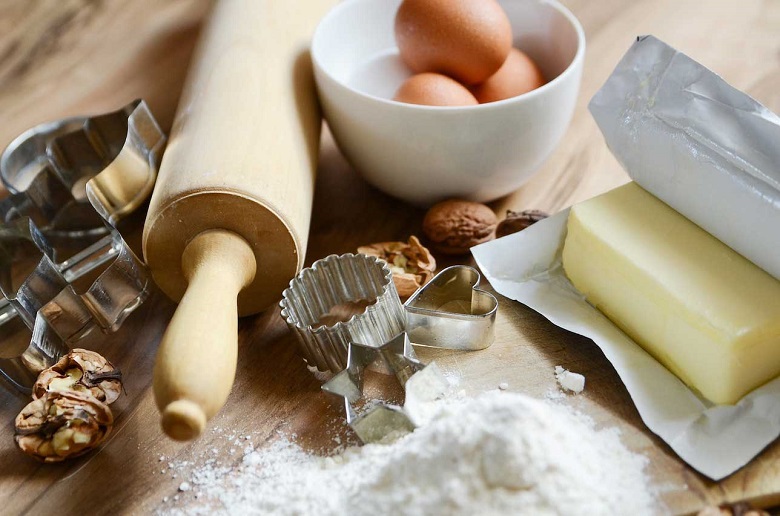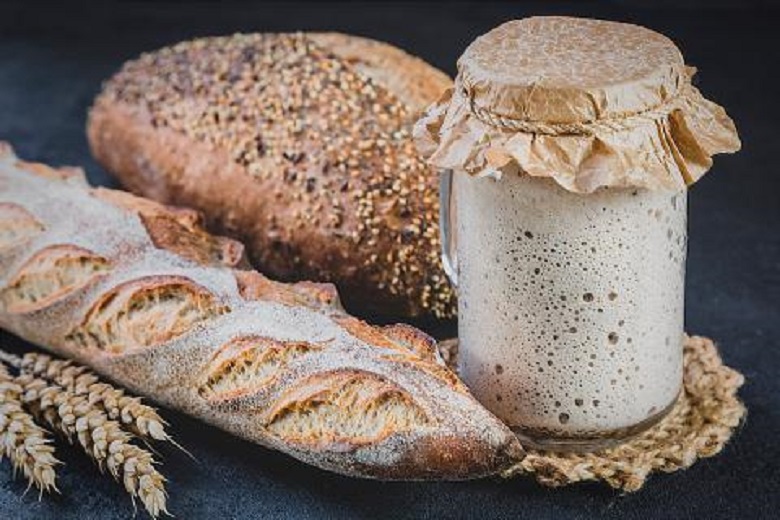Through this interesting article you will discover in detail How to substitute yeast? We show you the different alternatives.

How to substitute yeast?
Yeast is a group of unicellular fungi that have the properties of generating the decomposition or fermentation process, especially of sugars and carbohydrates capable of producing other by-products, including alcohols and carbon dioxide.
Yeast is used in the culinary art, since its enzymes stimulate the growth of the dough and therefore double its size. On the other hand, it helps to ferment grapes, raw material for some alcoholic beverages such as wine, as well as cereals.
Now, it may happen that this excellent product is missing from our pantry and we find ourselves in the need to replace the yeast. In order to make an adequate substitution, it is necessary to know the types of yeasts. Knowing these types of yeasts can successfully substitute it.
types of yeast
Previously we mentioned that to know how to substitute yeast It is essential to know the types of yeasts. In this case, there are two types, boosters and ferments. Below we will describe each of them.
boosters
Boosters are leavening products or also known as chemical emulsifiers. These products are called in the culinary art as yeast. Even though its behavior is not the same as the yeast we know, but it does give similar and effective results.
This type of yeast does not ferment, therefore it should not be used to make bread or similar products. The impellers add air to our preparations, managing to fluff and raise the product we are working on, but there is no other contribution.
These leavening agents or boosters must be incorporated at the end of the preparation of our liquid masses and we must place it in the oven immediately, this will produce the results we are waiting for.
The impellers are suitable for preparing cookies, cakes, biscuits, cakes, muffins, tarts, among other recipes. Now, to know what these leavening agents are, we allow ourselves to tell you that you already know them.
They are for example baking powder, raising agents and what is known as chemical yeast. To replace these products you can use the following natural leavening agents:
Eggs well beaten. In this case we refer to separating the yolks from the whites. The whites must be beaten until they acquire a consistency of snow point. Some chefs resort to placing a pinch of salt so that the consistency is precise. On the other hand, the yolks must be beaten until they acquire a creamy and whitish consistency. This kitchen trick adds air to our recipes.
Another leavening agent is baking soda. When we add an acidic ingredient such as lemon juice, cream of tartar or other natural citrus, a reaction occurs that allows our liquid masses to breathe.
Likewise, we recommend that you use carbonated water, fruit salt, molasses, lemon juice, or fruit salt, which add air to your cakes, desserts, among others.
Yeast
Ferments is what we know as yeast. This product provides nutrients to our recipes, as they contain microorganisms that are nutritious for our body.
These types of ferments give our recipes flavour, aroma, size and texture. Always, when we use ferments in our doughs, we do it at the beginning so that it can take effect from the beginning. When we leave our doughs to rest, they manage to ferment and increase in size.
Yeasts are used for bread dough and its derivatives (sweet bread and any of this range of products), pizza dough, savory cakes, among others.
Now, to know how to replace the yeast at this point, you need to know that you can do it with the following natural products such as the following
- potato yeast
- Sourdough
- Sourdough fermented with fruit water
- Beer yeast
- Potato water fermentation
- apple yeast
- raisin fermentation
- corn yeast
- Prepare a beer ferment
Now that we have clarified the products that can help replace yeast, we present how to replace yeast in some of our preparations.
How to substitute yeast in bread
The success of a well-made bread depends on air, texture and softness. This is achieved through the proper use of yeast, as it is what gives air, size and texture to our dough.
That is why we must guarantee that the fermentation process is adequate. Otherwise, you can have a hard, compact and dry bread, which will be unpleasant to the palate.
In case you can't find yeast on the market, we will tell you how to substitute yeast in bread. To do this, you can use the ferments that we can make with vegetables or fruits.
So that you can ferment your fruits correctly, we leave you the following audiovisual material that tells you step by step how to do this easy process under the direction of a nutritionist.
As you could see in the audiovisual material, the fermentation of fruits and vegetables is a fermentation process that takes a few days. This process generates microorganisms that are responsible for making our dough grow.
These fermentations are recommended if we want to know how to replace yeast in bread, as these agents provide texture, air, flavor and nutrients to our body.
Now, this article would not make sense if we did not provide you with a recipe for Venezuelan canilla bread. To do this, we leave you in the following link how to prepare it, be sure to enter the link entitled Venezuelan quill bread
On the other hand, we want to take the opportunity to teach you how to keep bread longer and the proper way to defrost it. To do this, go to the following link entitled defrost bread
surrogate proportions yeast
It is appropriate at this point to tell you what are the appropriate proportions of these yeast substitutes so that you can use them properly. You must keep in mind that these proportions will depend on the amount of flour you are going to use, or on the product. The proportions are not the same for bread as for pizza. Generally the proportions are as follows:
To use homemade fruit or vegetable yeast, you must add two tablespoons of fruit or vegetable ferment for each cup of flour.
In the case of sourdough, for every cup of flour you must add fifty grams (50 gr.) of sourdough.
In the case of brewer's yeast for each cup of flour you will add ½ teaspoon of brewer's yeast. Let us tell you that this type of yeast produces the same results as baker's yeast, since they come from the same fungus. The only difference is that they have different speeds to ferment.
Now, to ferment with beer, we use 150 milliliters of beer for every cup of wheat flour. If you are going to use this fermentation, you must take into account that you must calculate this amount in the other liquids, since the beer provides a lot of moisture and the dough can be very watery. Preferably, we recommend craft beer, since industrial beer inactivates microorganisms.
Raising agents
Another option that we can use are gasifiers. The following can be mentioned in this group:
Baking powder can be used one teaspoon for every cup of wheat flour.
Sodium bicarbonate is another excellent raising agent. For every cup of wheat flour you should put ¼ teaspoon of baking soda.
culinary tips
To properly use these yeast substitutes, it is important that you take into consideration the following tips:
In case you are going to use a lot of sugars or fats, it is important that you double the amount of yeast. Be it any of the types of yeasts that we have referred to above (commercial or homemade) you must double its proportion.
A secret of the culinary art of celebrity chefs is to prepare a pre-ferment. In the event that you are going to use sourdough, fruit or vegetable ferments or beer, they generally make a mixture of flour, yeast and sugar. They let it rest overnight in the fridge and use it the next day.
Now, if you don't want to pre-ferment, that's okay. It can be used directly in the dough as if it were baker's or conventional yeast.
If you use beer remember that we must balance the liquids. In this case, it is advisable to add the other liquids little by little until we obtain the desired consistency in the dough.
Finally, if you are going to use beer as a substitute for yeast, it should ideally be at room temperature. You should never use it fresh from the fridge or cold.
How to Substitute Yeast in Pizza Dough
As we have informed you, the proportions of yeast for bread are not the same as for pizza dough. In the bread we require it to rise and catch air. In the case of pizza, not so much. Therefore, their proportions are different.
- Pizza dough with baking powder: If you are going to use baking powder, the proportion is simple, because for each cup of flour you must place 1 teaspoon of baking powder.
- Pizza dough with fruit or vegetable yeast: The proportion is very easy. For every cup of flour you must add ½ teaspoon of fruit or vegetable ferment.
- Dough for sourdough pizza: For every cup of flour you must add 50 grams of sourdough. Remember that you can prepare a pre-ferment as indicated above.
- Brewer's yeast pizza dough: For every cup of flour you should add ¼ teaspoon of brewer's yeast. At this point remember that this yeast is as good as baker's yeast. The difference is their speed.
culinary advice
When you prepare the dough to prepare pizza, it is recommended to use it as soon as it is kneaded, since the result is as expected.
How to Substitute Yeast in Donuts
Likewise, it is important that we consider the proportions when preparing donuts.
- Donuts with baking powder: If you are going to use baking powder, the proportion is simple, because for each cup of flour you must place 1 teaspoon of baking powder.
- Donuts with sourdough: For every cup of flour you must add 57 grams of sourdough. In this case, we recommend that you add the sourdough starter to the water indicated in the recipe. When appropriate, incorporate the water and carry out each step of your preparation.
culinary advice
The sourdough should be at room temperature when you use it.
How to substitute fresh yeast
To substitute the yeast for this product, you only have to take into account the proportions indicated below:
- Homemade fruit or vegetable yeast: To use homemade fruit or vegetable yeast, you must add a tablespoon of fruit or vegetable ferment for each cup of flour.
- Sourdough: In the case of sourdough, for every cup of flour you must add fifty grams (50 gr.) of sourdough.
- Beer yeast: In the case of brewer's yeast for each cup of flour you will add ½ teaspoon of brewer's yeast. Let us tell you that this type of yeast produces the same results as baker's yeast, since they come from the same fungus. The only difference is that they have different speeds to ferment.
- Beer: Now, to ferment with beer, we use 150 milliliters of beer for every cup of wheat flour. If you are going to use this fermentation, you must take into account that you must calculate this amount in the other liquids, since the beer provides a lot of moisture and the dough can be very watery. Preferably, we recommend craft beer, since industrial beer inactivates microorganisms.
Raising agents
- Baking powder: Baking powder can be used one teaspoon for every cup of wheat flour.
- Bicarbonate: Sodium bicarbonate is another excellent raising agent. For every cup of wheat flour you should put ¼ teaspoon of baking soda.
culinary secrets
Remember that in the event that you use a lot of sugars or fats, you must double the amount of yeast, whether industrial or homemade.
In the event that you are going to make dough for bread, we have indicated the precise quantities. If it is for pizza, take into consideration that it is less quantity. Use the proportions that we have recommended.
How to Substitute Baking Soda for Yeast
When we refer to substituting baking soda for yeast, we are referring to baking powder. Let us remember that both belong to the group of gasifiers.
To replace the baking powder properly we leave you the following proportions.
Proportions
For every cup of flour you should add ¼ teaspoon of baking soda. To this proportion you must add ¼ teaspoon of some acidic agent such as lemon, whose proportion is approximately 70 milliliters.
Now, if you are going to add milk, yogurt or milk or butter cream, we recommend adding a glass. If, on the contrary, you are going to add vinegar, the ideal is to add 80 milliliters.
The acid is not good for bread and its derivatives, but it is functional for biscuits, cakes, muffins, cupcakes, cookies, as well as other pastry recipes.
An ideal secret is to incorporate fruit salt that allows you to replace the bicarbonate itself and do not forget the acid.
How to substitute yeast for sourdough
Sourdough is a product whose function is that of a natural yeast. Its chemical composition is flour and water. To achieve the fermentation process, the sourdough requires five to seven days.
This allows us to ensure that the fermentation contains the necessary microorganisms to obtain a dough with sufficient air, size, texture and flavor.
To achieve optimal use of sourdough, fifty grams (50 gr.) of the product is required for each cup of flour required by the recipe. Remember that the mother dough is added as if it were baker's yeast.
It is important that you remember to balance the humidity of the recipe as we mentioned before.
The rest of the dough will also depend on what you want to achieve. If you want a double size, you should let it rest long enough to achieve the desired size. Likewise, the acidity point will also depend on the resting time.
The mother dough works excellently with flours that contain a high percentage of gluten, as they facilitate the fermentation process over long periods of time.
